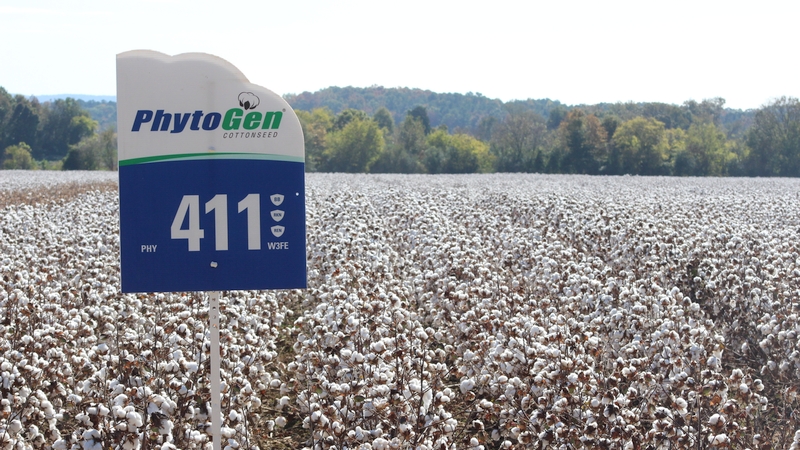Cleveland: Market Eager for November Supply Demand Report
Cotton futures continued their second week of back and fill action, as prices remained entrenched within the well-defined trading channel and holding within the narrow five cent, 67.50-72.50 cent trading range. However, now that peak harvest has passed, the market adage, “Short crops have long tails” continues to live within the trading ring. The trading range should hold as the market moves into the November 10, USDA world supply demand report.
Weekly highlights included a nondescript export sales report along with both mill and grower price fixing. Further, the price spread between the New York ICE and the Chinese ZCE reached a record spread, implying that cotton prices in China are at a record high compared to the New York Cotton Exchange – i.e., there should be more U.S. export sales to China.
While the market is pre-positioning for the monthly USDA report, it is also focused on the increasing level of certificated stocks as December futures first notice day (FND) is now less than two weeks away. Additionally, the speculative long-only rolls are all but done (sell December-buy March). As expected, with December FND approaching, the cash basis quote is preparing to be based off March futures instead of the current December quote.
USDA’s November supply demand report will highlight next week’s market action. USDA will likely revise its current estimates of production (17.1 million bales), domestic consumption (2.5 million bales), exports (14.6 million bales), and carryover (7.2 million bales). While some feel U.S. production may be as low as 15.8 million bales, I expect the estimate to be 16.6 million. While I do not expect USDA to lower domestic cotton use, I do expect the Department to do so sooner or later, lowering it to 2.2-2.3 million bales or in line with 2019-20 actual consumption.
Exports remain a sticky point. I have expected a lower estimate with most challenging that thought. Yet, the market should expect more sales to China, Pakistan, Vietnam and other Southeast Asian countries. However, exports to most other countries are beginning to wane, and weekly sales to several traditional countries have not materialized – suggestive of the ongoing world slowdown due to the coronavirus.
USDA will also revise its foreign estimates, but any way those numbers are sliced, world carryover will still be sitting on top of a 100 million bales carryover, or an 85-90% stocks to use ratio. This is an extremely high ratio to expect prices to increase – at least, until far more is known about 2021 and 2022 world cotton demand. Granted, it can take only one year to change the supply demand scenario, but currently the market is squarely behind the eight ball.
Certainly, I imply a hint of price reluctance. I am careful not to say bearish, as I continue to estimate that 2021-22 U.S. exports to China will approach 4+ million bales and that Chinese cotton imports during that same time period could approach 11 million bales. (It should be noted that U.S. agricultural trade policy could possibly be abruptly changed. That is unknown, but if it does occur, then U.S. cotton exports to China will likely be substantially less. However, food grain, feed grain and oilseed exports to China would likely be unchanged from bullish predictions.)
Thus, it is expected that the November supply demand revisions will be slightly friendly to cotton prices, but that most of the changes have already been faded by the market. Yet, my principal concern is that the November report will be the near final word on the size of the 2020 U.S. and world cotton crops. Should that be the case, then history suggests the market will tend to ease lower into the February/March 2021 time period. Yet, at some time, there must be a bridge between 2021 December cotton prices and the old crop 2020 prices to encourage adequate cotton plantings in 2021.
The monthly Ag Market Network Teleconference will be broadcast live on Tuesday, November 10 at 1:30 pm Central, led by Jarral Neeper, President of TruCott Commodities. You will have an opportunity to ask questions. Dial in for listening and questions to 605-313-5148 and then enter 571052#. You can also hear a rebroadcast at AgMarketNetwork.com.
Give a gift of cotton today.









